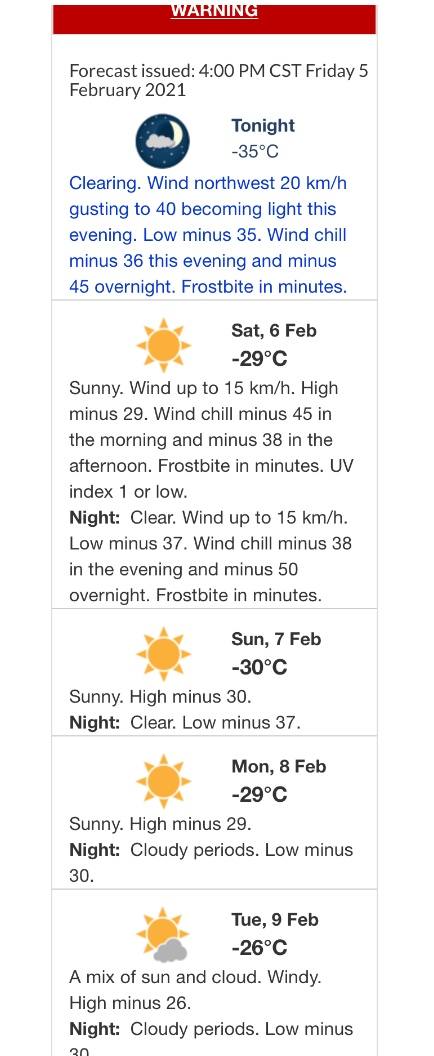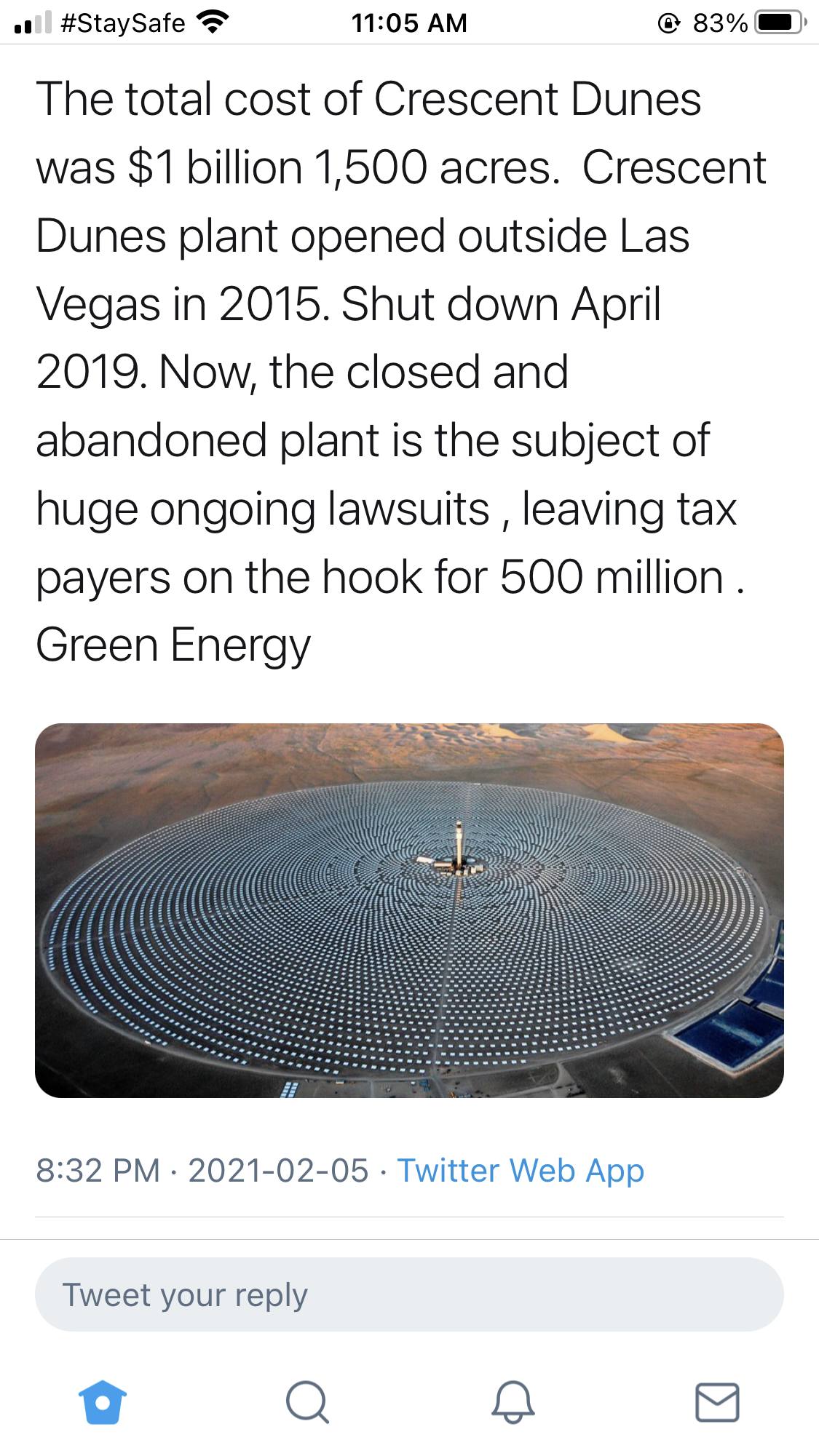In the lead-up to the next federal election, voters will weigh up the competing policies for moving to carbon neutrality. The how and when will be critical.
Spinning that the cost of inaction is greater than the cost of action will no longer cut the mustard. Neither will promoting figures without assumptions, costings or specific jobs data.
Figures recently quoted by new opposition climate change and energy spokesman Chris Bowen are an example of relying on sweeping generalisations. According to Deloitte, the transition to net-zero emissions will create 250,000 jobs, while 880,000 would be lost through inaction.
The 100,000 “carbon workers†in Australia in coalmining, gas and oil extraction, fossil fuel generation and integrated steelmaking (from ore to product) deserve better. The impacts are felt by them, their families, the people employed indirectly and often whole regional economies underpinned by these industries.
Take BlueScope Steel operations at Port Kembla, south of Sydney, an area I represented in parliament from 2001 to 2010. In recent times it has been burdened with minimal concessions as a trade-exposed industry, it had to shut down one of its blast furn*aces, it had to shed staff to survive, it competed with dumped cheap steel and it was not even used in the building of the new grandstand in Wollongong.
Promises of import-replacement strategies and mandated procurement policies to shore up the domestic supply chain came to nothing. So, too, the cogeneration proposal that would have fed surplus electricity into the grid.
Steelmaking produces huge quantities of waste-flammable gases that are flared into the atmosphere. An integrated cogeneration scheme would capture these to generate steam that would be used industrially as well as to generate electricity.
That is a project still worthy of support. It has the potential to be one of the nation’s largest emission-reduction projects, as well as feeding surplus electricity into the grid.
But instead of immediate practical solutions to ensure ongoing viability of an essential industry, we are hearing of a magical transition to “green steelâ€.
The Grattan Institute, in an endeavour to give a practical focus to emerging technologies, first raised the possibility of “green steel†in relation to Australia. Grattan sees its potential for exports and job creation in regional Australia. It would use hydrogen, produced from renewable energy, to replace metallurgical coal.
It was interesting to hear Scott Morrison embrace the mantra of green steel this week. The problem is that while it could provide opportunities for electric arc furnaces in mini-mills, it is not suited to blast-furnace steelmaking at Port Kembla. Again, it’s important not to raise false expectations.
It is a pity advocates of such technologies don’t tell the community the whole truth: that there are no proven and commercially viable technologies to replace coal/coke in the blast furnace steelmaking process at BlueScope in the Illawarra. Is it a just transition to see integrated steelmaking lost to the nation? Try convincing the thousands of workers and their families that this is the price they will have to pay.
Likewise, NSW’s Hunter region provides thousands of jobs in mining and coal-fired power generation. It will be particularly susceptible to proposed moves to carbon neutrality.
The Tomago aluminium smelter near Newcastle is a major employer whose future is problematic. The newly formed Hunter Jobs Alliance, led by the Australian Metal Workers Union and the Labor Environment Action Network, falsely raises expectations that the smelter could be powered by renewables in future.
Renewables are not commercially viable, nor can they guarantee the required reliability for the smelter’s continued operation. The largest South Australian battery today would power that smelter for less than 15 minutes.
Labor’s talk of a jobs and emissions compact and the government’s technology roadmap will be critical to the community’s evaluation of future plans. False technology solutions are as inexcusable as the rhetoric of a “just transitionâ€, without the real economic costs and employment impacts of moving to carbon neutrality.
Jennie George was president of the ACTU from 1996 to 2000 and Labor MP for Throsby from 2001 to 2010.
Spinning that the cost of inaction is greater than the cost of action will no longer cut the mustard. Neither will promoting figures without assumptions, costings or specific jobs data.
Figures recently quoted by new opposition climate change and energy spokesman Chris Bowen are an example of relying on sweeping generalisations. According to Deloitte, the transition to net-zero emissions will create 250,000 jobs, while 880,000 would be lost through inaction.
The 100,000 “carbon workers†in Australia in coalmining, gas and oil extraction, fossil fuel generation and integrated steelmaking (from ore to product) deserve better. The impacts are felt by them, their families, the people employed indirectly and often whole regional economies underpinned by these industries.
Take BlueScope Steel operations at Port Kembla, south of Sydney, an area I represented in parliament from 2001 to 2010. In recent times it has been burdened with minimal concessions as a trade-exposed industry, it had to shut down one of its blast furn*aces, it had to shed staff to survive, it competed with dumped cheap steel and it was not even used in the building of the new grandstand in Wollongong.
Promises of import-replacement strategies and mandated procurement policies to shore up the domestic supply chain came to nothing. So, too, the cogeneration proposal that would have fed surplus electricity into the grid.
Steelmaking produces huge quantities of waste-flammable gases that are flared into the atmosphere. An integrated cogeneration scheme would capture these to generate steam that would be used industrially as well as to generate electricity.
That is a project still worthy of support. It has the potential to be one of the nation’s largest emission-reduction projects, as well as feeding surplus electricity into the grid.
But instead of immediate practical solutions to ensure ongoing viability of an essential industry, we are hearing of a magical transition to “green steelâ€.
The Grattan Institute, in an endeavour to give a practical focus to emerging technologies, first raised the possibility of “green steel†in relation to Australia. Grattan sees its potential for exports and job creation in regional Australia. It would use hydrogen, produced from renewable energy, to replace metallurgical coal.
It was interesting to hear Scott Morrison embrace the mantra of green steel this week. The problem is that while it could provide opportunities for electric arc furnaces in mini-mills, it is not suited to blast-furnace steelmaking at Port Kembla. Again, it’s important not to raise false expectations.
It is a pity advocates of such technologies don’t tell the community the whole truth: that there are no proven and commercially viable technologies to replace coal/coke in the blast furnace steelmaking process at BlueScope in the Illawarra. Is it a just transition to see integrated steelmaking lost to the nation? Try convincing the thousands of workers and their families that this is the price they will have to pay.
Likewise, NSW’s Hunter region provides thousands of jobs in mining and coal-fired power generation. It will be particularly susceptible to proposed moves to carbon neutrality.
The Tomago aluminium smelter near Newcastle is a major employer whose future is problematic. The newly formed Hunter Jobs Alliance, led by the Australian Metal Workers Union and the Labor Environment Action Network, falsely raises expectations that the smelter could be powered by renewables in future.
Renewables are not commercially viable, nor can they guarantee the required reliability for the smelter’s continued operation. The largest South Australian battery today would power that smelter for less than 15 minutes.
Labor’s talk of a jobs and emissions compact and the government’s technology roadmap will be critical to the community’s evaluation of future plans. False technology solutions are as inexcusable as the rhetoric of a “just transitionâ€, without the real economic costs and employment impacts of moving to carbon neutrality.
Jennie George was president of the ACTU from 1996 to 2000 and Labor MP for Throsby from 2001 to 2010.


Comment